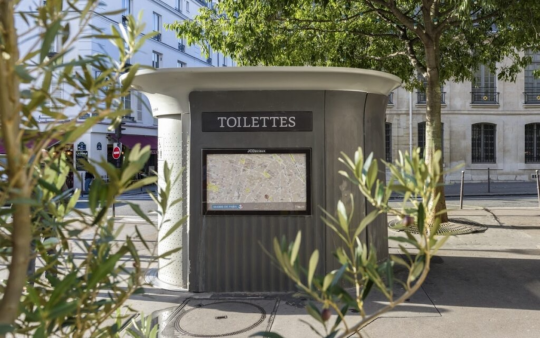Prague and Central Bohemia will draw European money together
More places in schools, more cycling routes and new P+R car parks. These are the types of projects that may be implemented over the coming years thanks to the joint integrated strategy of two neighbouring regions. Up to CZK 4.6 billion may flow into the metropolitan area.

Today the Prague City Council approved a plan to drawdown European funds to 2020 – through the Integrated Strategy for ITI (integrated territorial investment) for the Prague metropolitan area, prepared by the Prague Institute of Planning and Development. The Strategy was prepared in close cooperation with the Central Bohemian Region and other partners.
“I consider the fact that Prague and the Central Bohemian Region are collaborating successfully on such an important strategic document to be a great success and an important step forward,” said the Mayor of Prague, Adriana Krnáčová. “I hope that we can follow this up with closer collaboration on other important issues and that we will gradually be able to link the capital city and its agglomeration into a single functioning whole.”
This collaboration is unique in that while Prague is one of the richest regions in the EU, the Central Bohemian Region is far less developed in a European context. The strategy will apply to the territory of Prague and a limited part of the Central Bohemian Region, which has close links to the capital city– whether in the area of education, transport or flood prevention measures. When defining the metropolitan area, experts took into account, for example, the volume of traffic between Prague and the Central Bohemian Region, or the average number of hours spent by Central Bohemian residents in Prague each day.
The document proposes a major increase in the capacity of kindergartens around Prague, with the aim of also expanding and improving transport. Over recent years the quality of suburban rail travel has greatly improved, but there is still, for example, a lack of connections to the Prague public transport system. Another problem is the lack of P+R long-term parking, which results in traffic jams. Experts from the IPR are already negotiating the form of specific projects with the individual municipalities.
The Prague City Council today received the revised version of a document which has been debated by other institutions over the past few months, which will provide financing for individual projects from their operational funds. These can now start to be implemented. “We expect that the announcement of a Call for pre-school education will be the first item on the list – the construction of new kindergartens or the expansion of existing ones, primarily in a ring around the Capital City of Prague” says Ondřej Boháč, interim Director of the Prague IPR.
|
What is Integrated territorial investment (ITI) ITI is a new instrument to implement spatial strategies and has been proposed by the European Commission for the 2014–2020 programming period. It will allow Member States to use comprehensive measures to meet the objectives of operational programmes by combining financial resources from a number of priority axes under one or more operational programmes. |
You might also be interested in

Two public hearings will help Prague residents get to know the draft Metropolitan Plan.

According to Prague’s City Councilors, public toilets should be more accessible.

